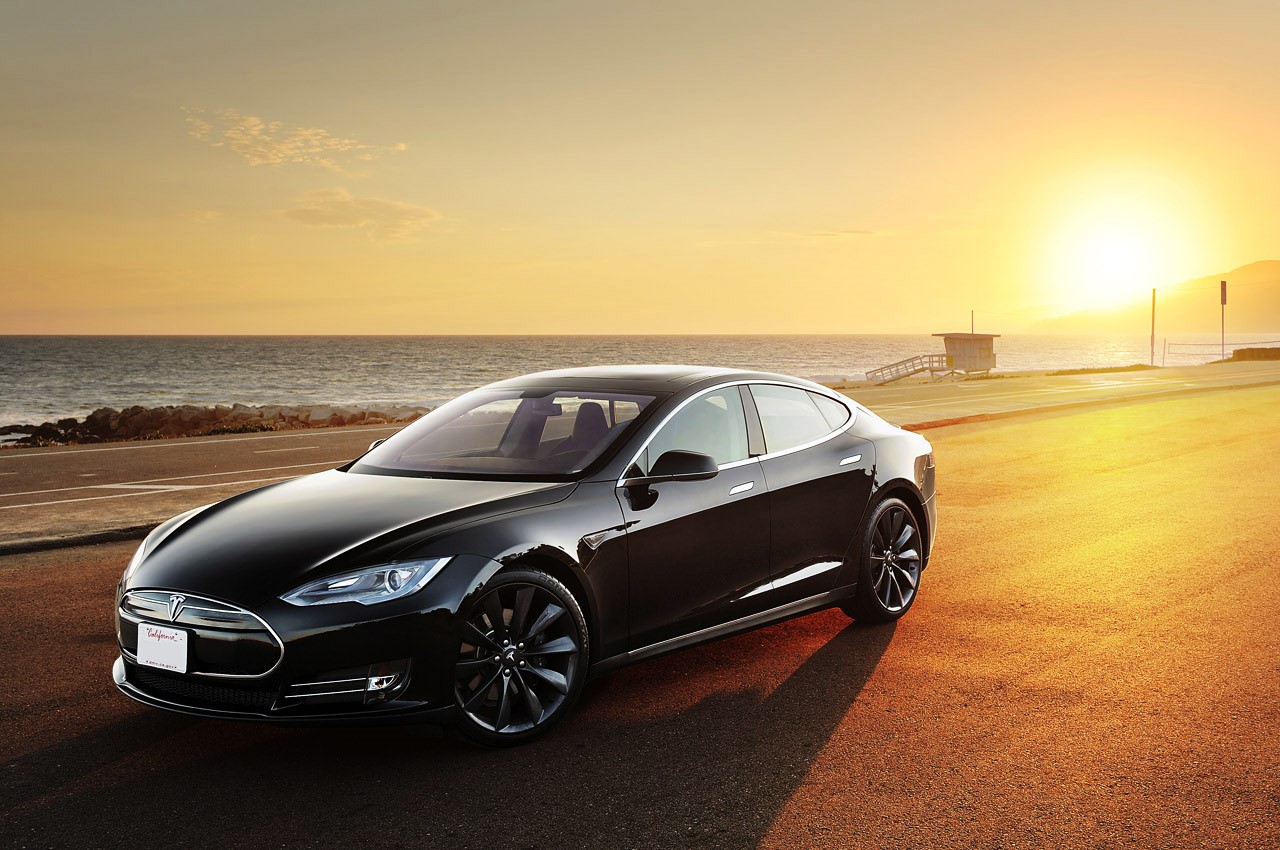
In press conference held on March 19, 2015, Tesla Motors chief executive Elon Musk announced that owners of Tesla Model S will receive an over-the-air update that adds self-driving capabilities in the next the three months.
The update will not yet add autonomous self-driving a la Google, but rather automatic steering that’ll permit the driver to travel without touching the controls or the vehicle to move without a driver. The feature is technically available, but will be disabled until the vehicle finishes undergoing extensive testing. Currently, Tesla is testing the feature on route between Seattle and San Francisco.
“It is technically capable of going from parking lot to parking lot. But we won't be enabling that [specific capability] for users with this hardware suite, because we don't think it's likely to be safe in suburban neighborhoods,” explains Musk. For now, users will only be able to call forth their vehicle using their smartphones so long as this occurs on their property; activating the self-driving method on the open road will remain disabled save for internal testing.
Tesla Motors’ ability to instantly roll out instant updates places the electronic automaker in a unique position, as owners can benefit without having to purchase entirely new vehicles once the feature becomes standard; Google envisions this occurring around 2020.
Unlike Google’s vision of the self-driving vehicle, Tesla takes a more active approach, “there's certainly an expectation that when autopilot on the Model S is enabled, that you're paying attention,” he said, implying that users won’t forgo the actual driving aspect of traversal, “but it should also take care of you if you have moments of distraction.”
Musk acknowledges that fully autonomous systems are inevitable, but will likely take decades, with at least two needed to replace the fleet of 2 billion vehicles currently on the road today.
Source: CNET
Advertisement
Learn more about Electronic Products Magazine





